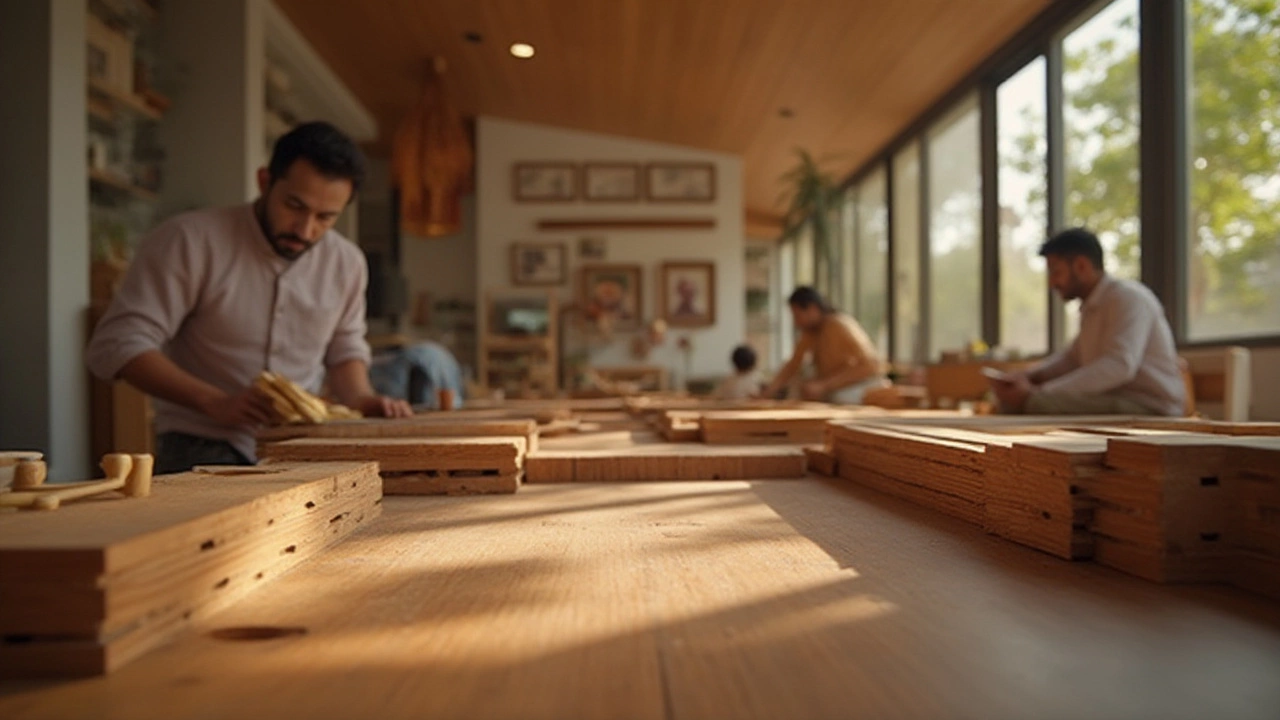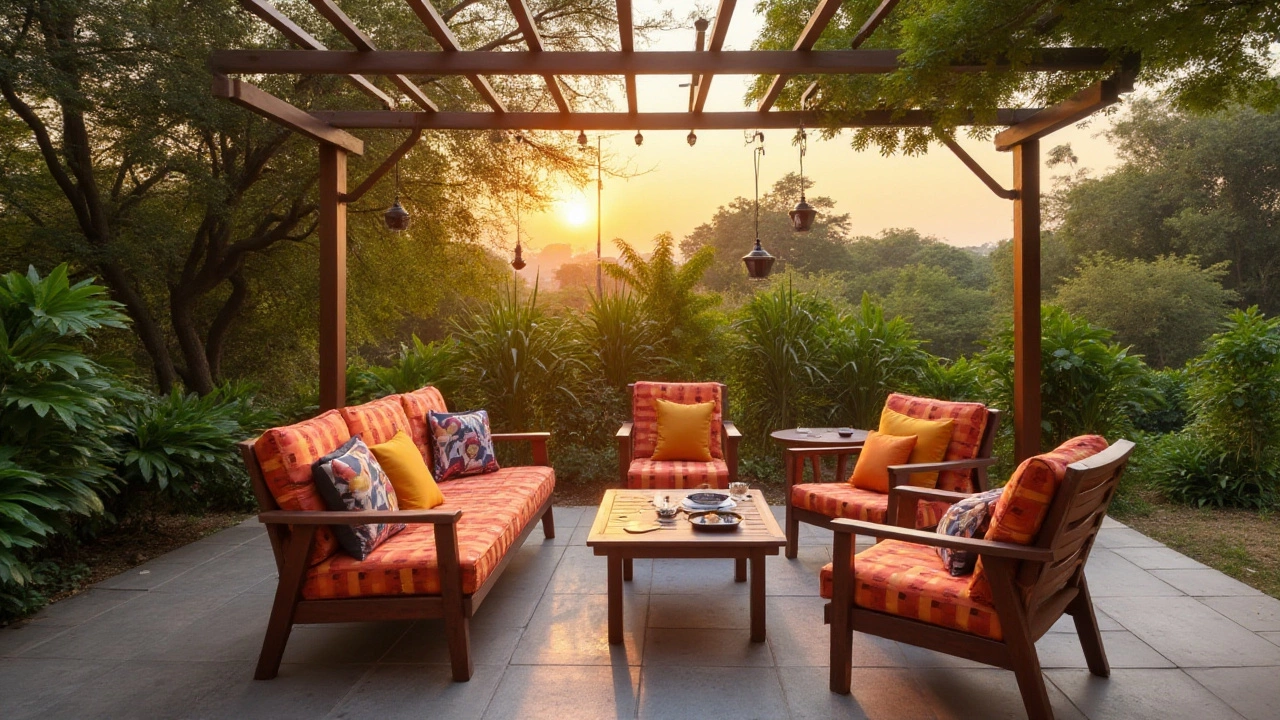Furniture Materials: How to Pick the Right One for Your Home
When you shop for a new sofa, coffee table, or bookshelf, the material matters as much as the style. The right material can make a piece last longer, feel more comfortable, and match your lifestyle. Below you’ll find a quick rundown of the most common furniture materials and easy tips on keeping them looking fresh.
Common Types of Materials
Wood is a classic choice for tables, chairs, and frames. Hardwoods like oak, maple, and walnut are dense and stand up to daily use. Softer woods such as pine are cheaper but can dent more easily. Look for a finish that seals the surface; it helps protect against spills and scratches.
Metal frames are popular for modern sofas and dining chairs. Steel and aluminum are strong, lightweight, and resist warping. If you notice rust spots, it usually means the coating was damaged, so a quick touch‑up with paint can save the piece.
Upholstery fabrics come in cotton, linen, polyester, and blends. Natural fibers breathe and feel soft, but they can stain. Synthetic blends are stain‑resistant and often cheaper. Check the fabric label for a “performance” rating – a higher score means easier cleaning.
Leather gives a sleek look and gets softer with age. Full‑grain leather is the most durable, while top‑grain is slightly thinner but still strong. Keep leather away from direct sunlight to prevent cracking, and wipe it with a damp cloth occasionally.
Eco‑friendly options include reclaimed wood, bamboo, and recycled plastic. These materials reduce waste and often have unique grain patterns. They perform just as well as traditional options when properly sealed or treated.
Caring for Different Materials
Cleaning a wooden coffee table is simple: dust it daily, and use a coasters for drinks. For tougher spots, a soft cloth dampened with mild soap works fine. Avoid harsh chemicals that can strip the finish.
Metal chairs love a quick spray of furniture polish. If you see rust, sand the area lightly and apply a rust‑inhibiting primer before repainting. This prevents the corrosion from spreading.
Fabric sofas benefit from regular vacuuming with an upholstery attachment. Spot‑clean spills within minutes using a mix of water and a few drops of dish soap. For deeper cleaning, rent a steam cleaner or hire a professional.
Leather sofas need a leather conditioner about once a season. It restores oils and keeps the surface supple. Never use petroleum‑based products, as they can damage the leather.
Eco‑friendly pieces, like bamboo tables, should be wiped with a damp cloth and dried immediately. Avoid soaking the surface, because excess water can cause swelling.
Now that you know the basics, match the material to your daily habits. If kids and pets are a constant, go for performance fabrics or metal frames. If you love a warm, traditional vibe, hardwood and leather are hard to beat. And if sustainability is a priority, reclaimed wood or bamboo fits the bill.
Choosing the right material isn’t just about looks – it’s about how the piece will live in your home. Keep these tips handy, and you’ll enjoy furniture that looks good and works hard for years to come.
How to Identify High Quality Furniture: Expert Tips and Signs
Spotting high quality furniture is easier with these real-world tips. Learn about materials, craftsmanship, design, and red flags to avoid regret.
Durable Outdoor Furniture: A Comprehensive Guide
Finding the hardest-wearing outdoor furniture involves understanding the materials and designs best suited for various climates and uses. From material selection to upkeep tips, this guide looks into different options to ensure your outdoor space remains stylish and resilient. Learn about furniture that can endure rain, sun, and time while maintaining its aesthetic appeal. Discover choices that blend convenience with longevity for a perfect outdoor setting. Understand maintenance practices to extend the life of your patio furniture.






